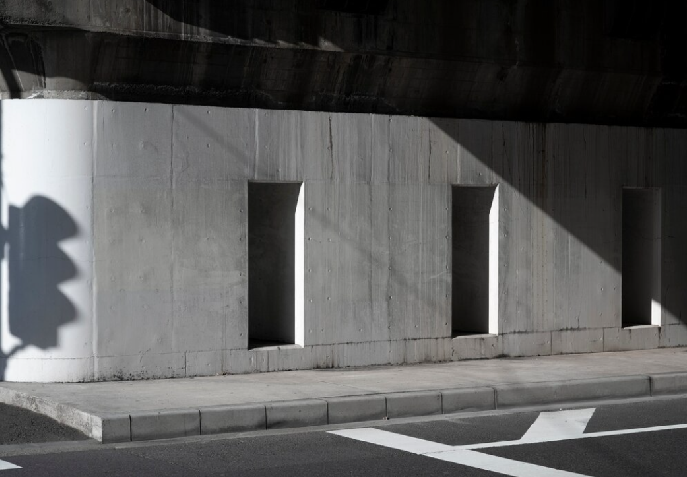Concrete masonry units are versatile building materials widely used in construction due to their strength, durability and cost effectiveness. These blocks are typically made from a concrete mix of cement, water and aggregates such as sand or gravel and are shaped to standard sizes. These units are used for load-bearing walls, retaining structures and partitions and offer both structural support and insulation. Their uniform sizes and shapes allow for quick assembly, making them a popular choice in both residential and commercial projects.
Concrete masonry units contribute to the overall safety and energy efficiency of a building by providing significant fire resistance, sound insulation and thermal mass. They are available in a variety of finishes and can be left exposed or covered with additional materials for aesthetic purposes. They also offer environmental benefits as they can be manufactured using recycled materials and their thermal properties help reduce energy consumption in buildings. They are also resistant to pests, weather and moisture, making them an excellent choice for long-lasting and sustainable construction.
Concrete Masonry Unit Dimensions
Concrete masonry units are a fundamental element in modern construction due to their adaptability and structural integrity. These blocks are used in a variety of applications, from load-bearing walls to decorative structures. They are also available in different types, each serving a different purpose according to the specific needs of the building project.
One of the most common types is the hollow block. Hollow blocks are typically used to build walls due to their lightweight construction, which allows for easier handling and faster installation. They are also favored for their ability to accommodate reinforcing materials such as steel bars, increasing the structural strength of a building. In addition, these blocks can be filled with materials that improve wall insulation. This makes them more energy efficient and suitable for climates with significant temperature variations.
A special type used in construction is the bond beam block. These blocks are shaped to accommodate horizontal reinforcement. This makes them ideal for use at the top of walls to distribute loads and provide additional stability. Another variation is cinder block, which is lighter than traditional concrete blocks and is often used in non-load bearing applications.

Block sizes are standardized. This feature makes them easy to incorporate into various building designs. The most common block sizes are 8x8x16 inches. However, variations are available depending on the requirements of the project. The cross-section of a concrete block unit shows its hollow cores, which can be left empty or filled with insulating material, depending on the desired effect.
In building projects, understanding the different types and sizes is crucial to optimize both structural integrity and thermal performance. Correctly selected concrete masonry units increase the overall durability, insulation and longevity of a structure and can contribute to reduced maintenance costs over time.
You can contact CONMACH for information about concrete block production machines.